It has a bunch of solar panels on the roof and there’s also a battery-equipped model on offer.
Category: solar power – Page 26

Space Force funds $35M institute for versatile propulsion at U-M
This sounds very promising! The researchers are investigating the use of nuclear microreactors to power faster and more efficient electric propulsion systems.☢️🚀
To develop spacecraft that can “maneuver without regret,” the U.S. Space Force is providing $35 million to a national research team led by the University of Michigan. It will be the first to bring fast chemical rockets together with efficient electric propulsion powered by a nuclear microreactor.
The newly formed Space Power and Propulsion for Agility, Responsiveness and Resilience Institute involves eight universities, and 14 industry partners and advisers in one of the nation’s largest efforts to advance space power and propulsion, a critical need for national defense and space exploration.
Right now, most spacecraft propulsion comes in one of two flavors: chemical rockets, which provide a lot of thrust but burn through fuel quickly, or electric propulsion powered by solar panels, which is slow and cumbersome but fuel efficient. Chemical propulsion comes with the highest risk of regret, as fuel is limited. But in some situations, such as when a collision is imminent, speed may be necessary.

Detailed images of key protein complexes provide new insights into bacterial photosynthesis
Researchers at the University of Liverpool and collaborators have arrived at a new understanding of bacterial photosynthesis. Using novel techniques, investigators have unveiled intricate detailed images of the key photosynthetic protein complexes of purple bacteria. These images shed new light on how these microorganisms harness solar energy.
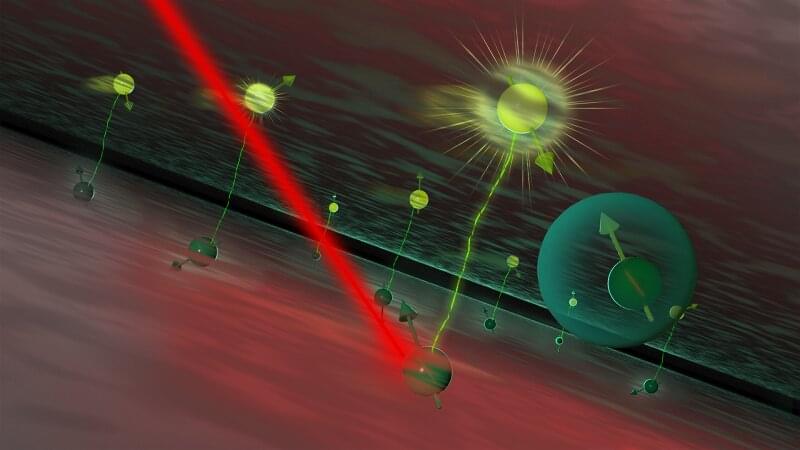
New light-induced material shows powerful potential for quantum applications
Many scientists are studying different materials for their potential use in quantum technology. One important feature of the atoms in these materials is called spin. Scientists want to control atomic spins to develop new types of materials, known as spintronics. They could be used in advanced technologies like memory devices and quantum sensors for ultraprecise measurements.
In a recent breakthrough, researchers at the U.S. Department of Energy’s (DOE) Argonne National Laboratory and Northern Illinois University discovered that they could use light to detect the spin state in a class of materials called perovskites (specifically in this research methylammonium lead iodide, or MAPbI3). Perovskites have many potential uses, from solar panels to quantum technology.
The work is published in the journal Nature Communications.
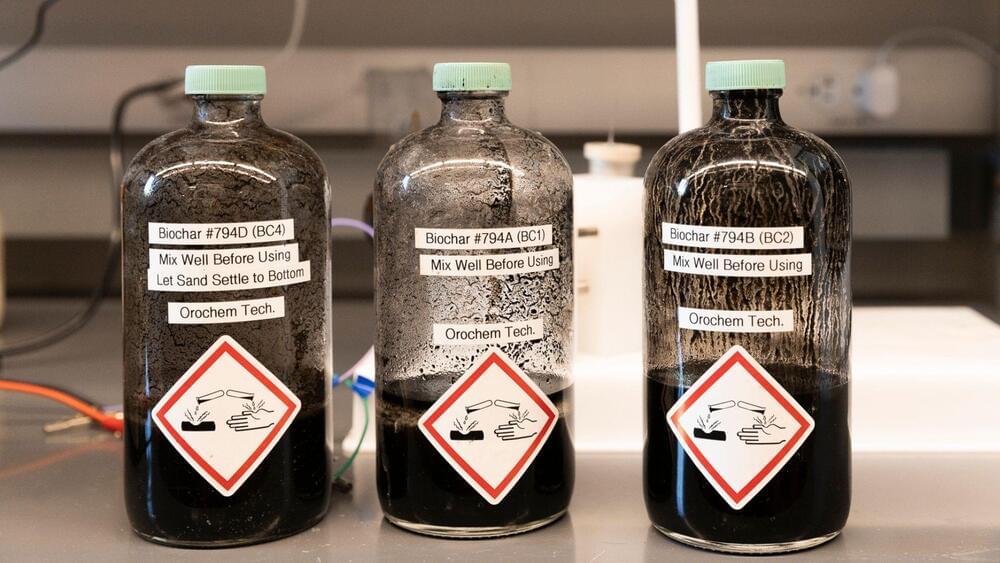

Streamlining solar cell structure and fabrication for more affordable energy
A new fabrication technique for substantially enhancing the prospects of commercializing perovskite solar cells through improved stability, reliability, efficiency and affordability is underway at City University of Hong Kong (CityUHK).
Published in Science, the research is significant because the simple device structure that the CityUHK team has built can facilitate future industrial production and enhance confidence in the commercialization of perovskite solar cells.
“The improvements in stability and the simplification of the production process of perovskite solar cells represent a significant step forward in making solar energy more accessible and affordable,” explained Professor Zhu Zonglong of the Department of Chemistry, explaining that the mineral perovskite is used extensively to convert sunlight into electricity efficiently.
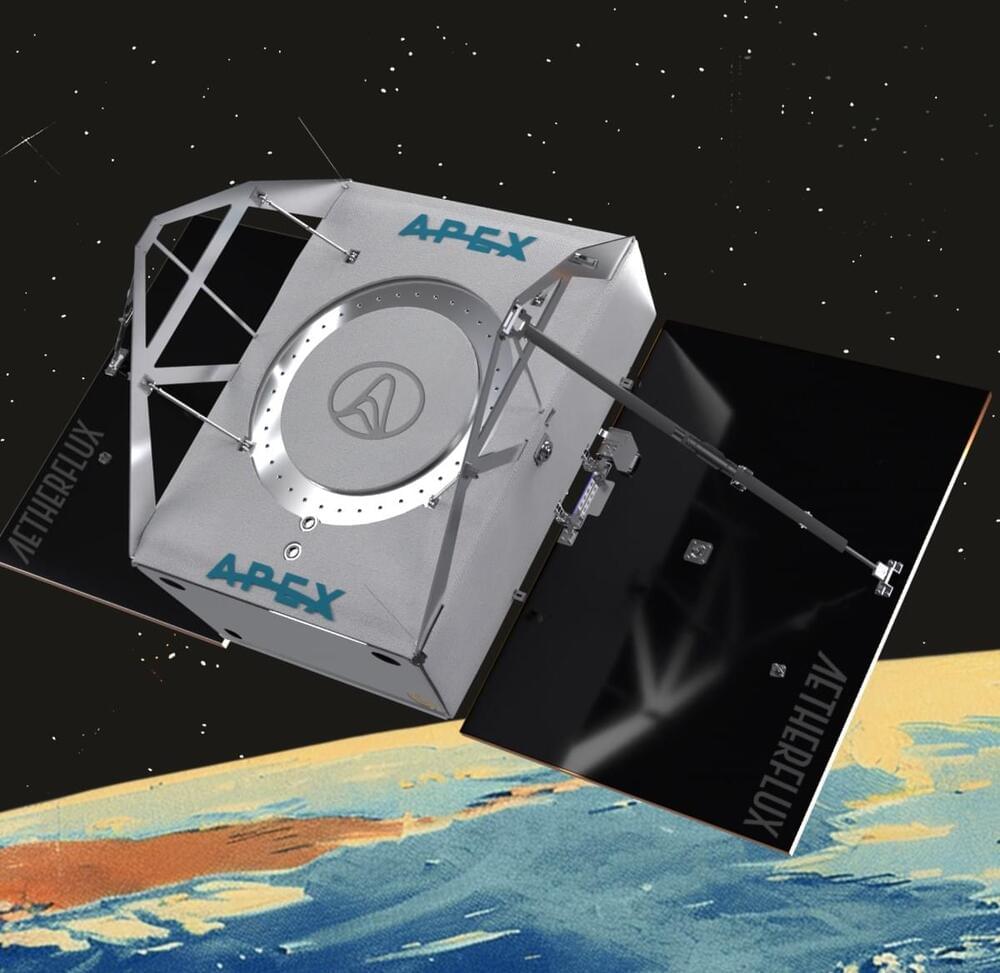
Startup takes new approach to space-based solar power
WASHINGTON — A startup led by a founder of a financial services company is taking a new approach to space-based solar power intended to be more scalable and affordable than previous concepts.
Aetherflux announced Oct. 9 plans to develop and ultimately deploy a constellation of satellites in low Earth orbit that will collect solar power and beam it to Earth using infrared lasers. The company is planning to demonstrate this technology with a small satellite launching by early 2026.
The concept is a departure from many previous concepts for space-based solar power (SBSP), which have involved large arrays in geostationary orbit. Those systems would transmit their power using microwaves to large rectennas on the ground. Such concepts have been studied for more than half a century but have not advanced beyond the drawing board.
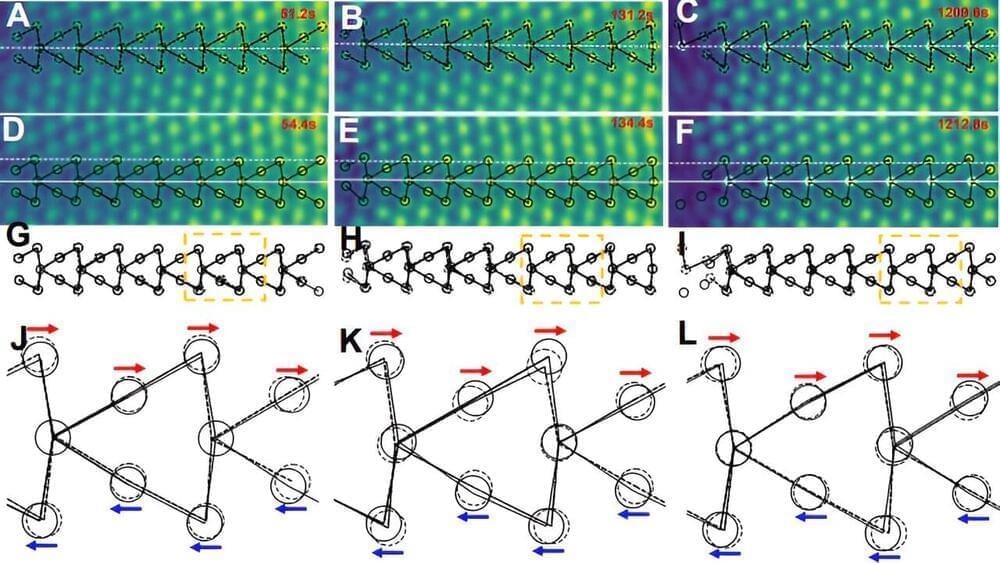
Researchers discover atomic-level mechanism in polycrystalline materials
Researchers at the University of California, Irvine and other international institutions have for the first time achieved atomic-scale observations of grain rotation in polycrystalline materials. Widely used in electronic devices, aerospace technologies, automotive applications and solar energy systems, these substances have long been studied for their unique properties and structural dynamics.
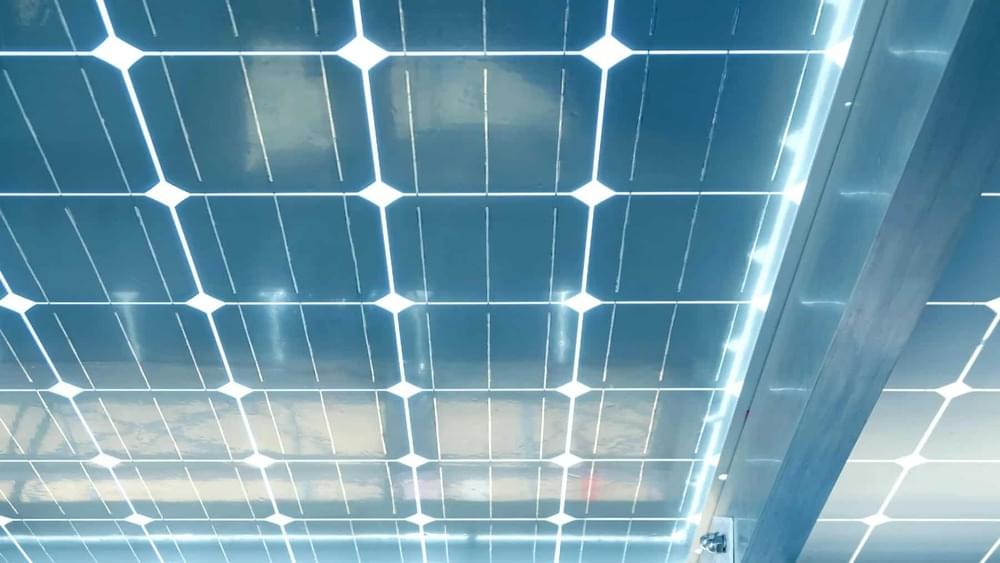

Scientists invent artificial plant that cleans indoor air and generates electricity
Scientists have invented an artificial plant that can simultaneously clean indoor air while generating enough electricity to power a smartphone.
A team from Binghamton University in New York created an artificial leaf “for fun” using five biological solar cells and their photosynthetic bacteria, before realising that the device could be used for practical applications.
A proof-of-concept plant with five artificial leaves was capable of generating electricity and oxygen, while removing CO2 at a far more efficient rate than natural plants.